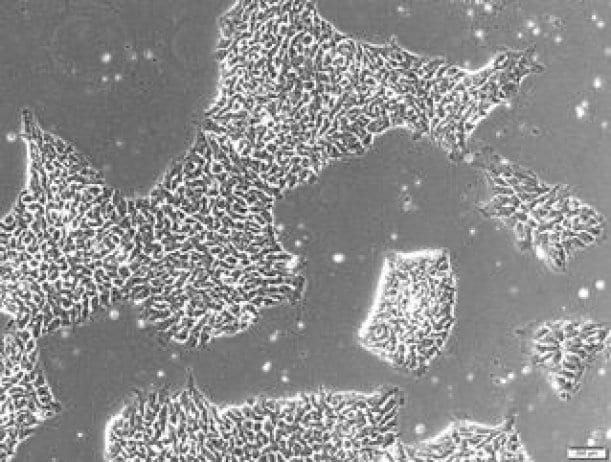World’s Largest Stem Cell Biobank
Some of the world’s most common diseases are Alzheimer’s disease, Parkinson’s disease, cardiovascular disease, and diabetes. To increase the understanding of how these diseases arise, a new biobank, the world’s largest stem cell biobank was launched at Lund University in Sweden. This biobank had stem cells from both healthy and affected individuals.
A professor at Lund University Diabetes Centre, Hindrik Mulder says, “Developing new treatments that can prevent disease in the future is the goal for the researchers.”
Professor of molecular neurogenetics at Lund University, Johan Jakobsson says, “We will be able to study the consequences of human genetic variation and how this contributes to disease using this biobank.”
At Lund University, this initiative is a collaboration between the Stem Cell Center and Diabetes Centre. Researchers from all over the world can apply for and gain access to the biobank, which will include around 100 stem cell lines.
Hindrik Mulder says, “Researchers who are working to control or contribute to the development of major global diseases by working on fundamental questions relating to genetic, cellular, biochemical and molecular processes will have the access to the stem cell lines.”
First, a skin biopsy or a blood
sample is used. Then, the blood cells or the skin cells are reprogrammed into iPS cells or pluripotent stem cells. Almost any mature cell type in the body can be developed by these cells; muscle cells, liver cells, nerve cells, insulin cells, etc. The type of cell required depends on what the research study is.At Lund University, the researchers plan to map DNA’s genetic code by extracting DNA from the iPS cells and analyzing them. By doing so, we can identify the majority of all genetic variants in the individual’s genetic material and we can investigate their significance for disease emergence. Hindrik Mulder and Johan Jakobsson, both use the gene-editing technology CRISPR in their research.

Hindrik Mulder concludes, “A gene variant that causes a disease can be changed to one that does not have a negative impact by using CRISPR. The mature cells created from stem cells can be compared with and without disease-generating gene variants. For example. we can predict which drugs are potential treatments by testing new drugs in these different cells.”
































